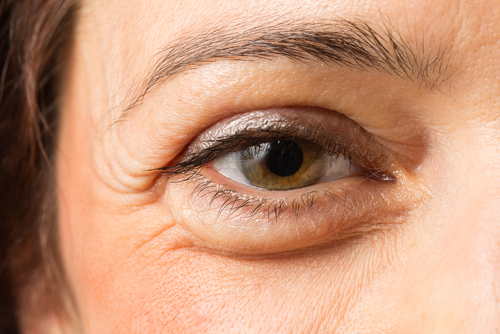DIAGNOSIS
Your eye doctor will use drops to open (he’ll call it dilate) your pupils. Then he’ll test your vision and examine your eyes. He’ll check your optic nerve, and if you have glaucoma, it will look a certain way. He may take photographs of the nerve to help him track your disease over time. He’ll do a test called tonometry to check your eye pressure. He’ll also do a visual field test, if necessary, to figure out if you’ve lost your side, or peripheral, vision. Glaucoma tests are painless and take very little time.
TREATMENT
Your doctor may use prescription eye drops, laser surgery, or microsurgery.
Eye drops. These either reduce the formation of fluid in the eye or increase its outflow. Side effects may include allergies, redness, stinging, blurred vision, and irritated eyes. Some glaucoma drugs may affect your heart and lungs. Be sure to tell your doctor about any other medications you’re taking or are allergic to.
Laser surgery. This procedure can slightly increase the flow of the fluid from the eye for people with open-angle glaucoma. It can stop fluid blockage if you have angle-closure glaucoma. Procedures include:
- Trabeculoplasty: Opens the drainage area
- Iridotomy: Makes a tiny hole in the iris to let fluid flow more freely
- Cyclophotocoagulation: Treats areas of the middle layer of your eye to reduce fluid production
Microsurgery. In an procedure called a trabeculectomy, the doctor creates a new channel to drain the fluid and ease eye pressure. Sometimes this form of glaucoma surgery fails and has to be redone. Your doctor might implant a tube to help drain fluid. Surgery can cause temporary or permanent vision loss, as well as bleeding or infection.
Open-angle glaucoma is most often treated with various combinations of eye drops, laser trabeculoplasty, and microsurgery. Doctors in the U.S. tend to start with medications, but there’s evidence that early laser surgery or microsurgery could work better for some people.
Infant or congenital glaucoma, meaning you are born with it, is primarily treated with surgery, because the cause of the problem is a very distorted drainage system.


